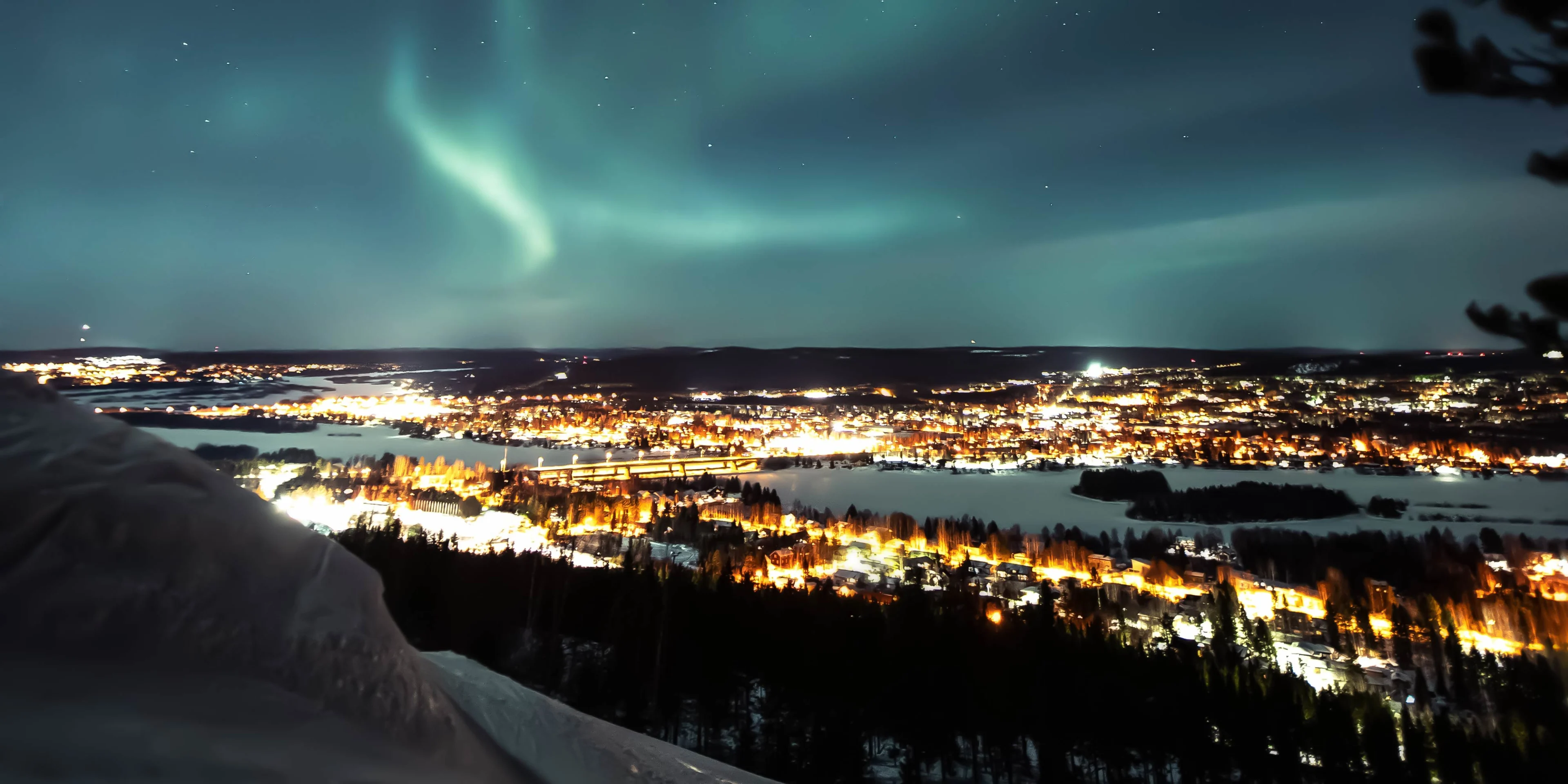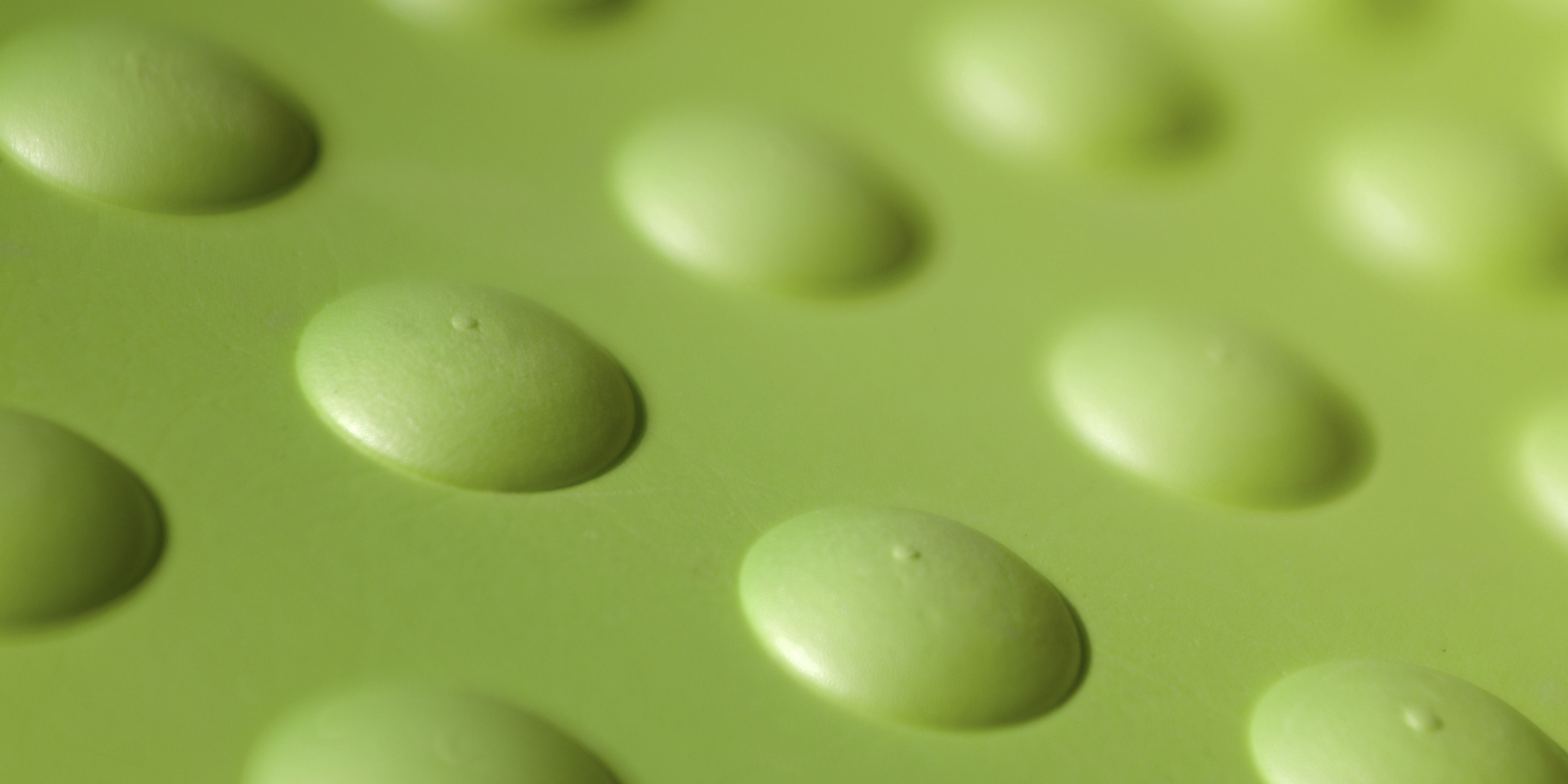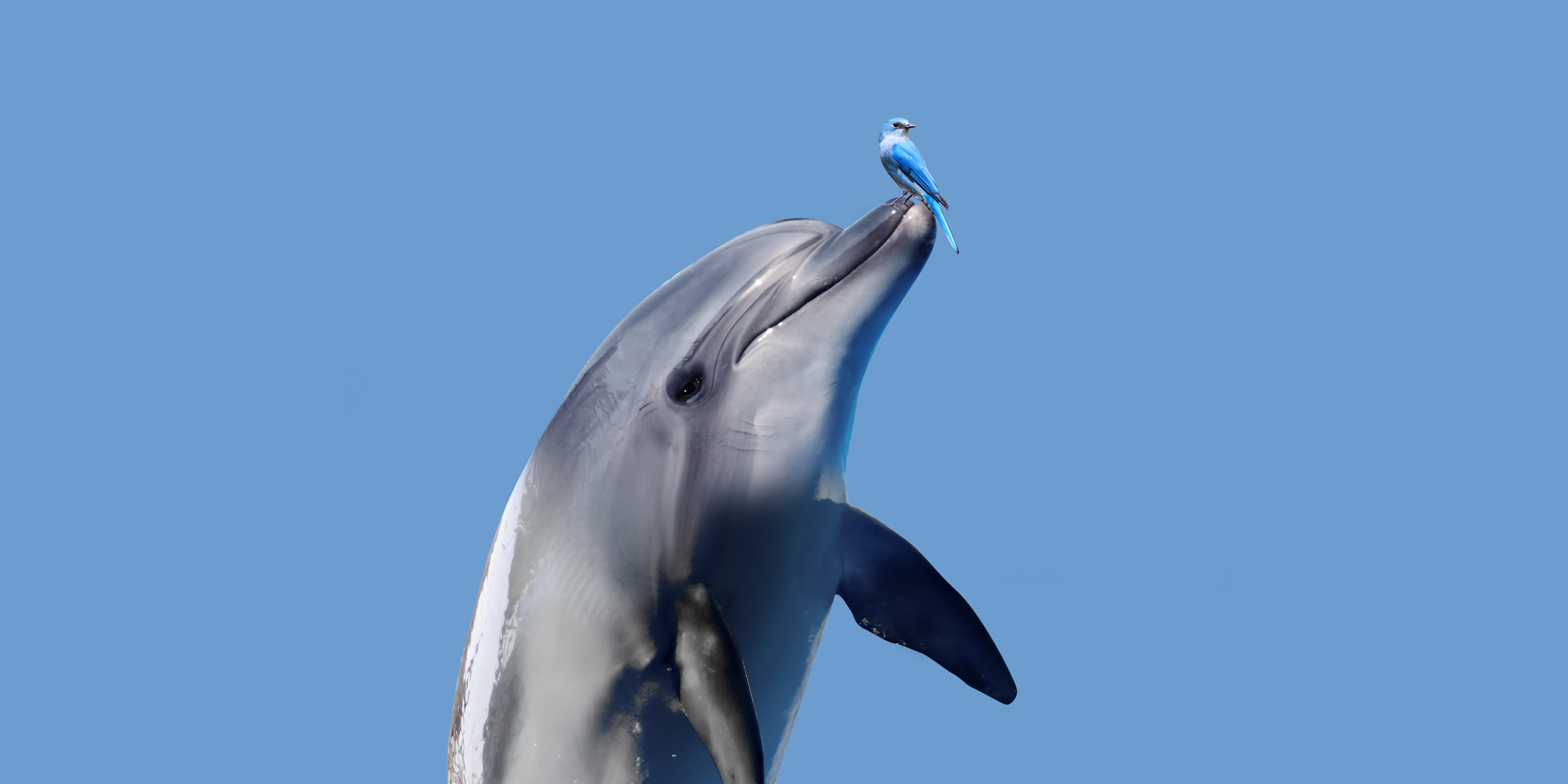
Circular economy
8 minute read
The circular economy leap: a focus on the next big transformation
The world has seen a huge change with an accelerating digital leap that transformed the way we live and do business. With the urgency of climate change now upon us, the next leap is coming into focus: a shift from a linear economy to a circular one. What can we expect this to mean in our everyday lives, for our infrastructures, and business models?
What can we all learn from the Arctic Circular Economy? Watch the video!
The circular economy model, first made popular by Kate Raworth’s work on Doughnut Economics, is based on a simple premise: resources stay in the loop for a longer time, which minimizes greenhouse gas emissions, and reduces reliance on fossil resources and waste production.
It involves a cultural shift away from siloed, individual business tracks that encourage short product lifespans, to an economic environment where synergies, collaboration, codependency, re-use, repair, and quality all reign in a loop.
Urban sustainability journalist Laura Puttkamer investigates what a circularity leap would look like with a closer look at what we can learn from the Finnish town of Rovaniemi in Lapland – an Arctic Circular Economy pioneer.
What is the Arctic Circular Economy?
Mitigating the climate crisis is a particularly urgent challenge in the Arctic region, an extreme weather area where the impacts of climate change are already being clearly felt.
Finland’s 2021 Strategy for the Arctic Region sets out to redesign the local economy according to circular economy and climate change resilience.
According to Sanna Tyni, a researcher and lecturer from the Lapland University of Applied Sciences, the Arctic Circular Economy is about “doing sustainable business in our region with smart, helpful activities. We need to utilize resources wisely, find solutions for challenges like long distances, develop industrial side streams, and collaborate with the public sector.”
"We need to utilize resources wisely, find solutions for challenges like long distances, develop industrial side streams, and collaborate with the public sector."
She also points to the Green Deal Programme of the regional council of Lapland as an example of how to reinvent a region as a sustainable business hub with a climate-friendly and smart low-carbon economy.
How does Rovaniemi implement the circular transformation?
Erkki Lehtoniemi, environmental manager at the mayor’s office of Rovaniemi, explains the inherent challenges that form the basis for the circular transformation in the area: “Because of our arctic location, we have to consider cold weather, long distances and rather small material flows since we don’t have massive industries. For example, when it comes to collecting biowaste, it might make more sense to compost than to collect the biowaste for those that live far from the center.
“Otherwise, the distance to the local collection point can be up to 90 kilometers and the waste is then transported to Oulu, several hours’ drive away, which makes no sense when thinking about transport emissions.
“Some of the challenges are related to local food utilization, some are bureaucratic, and some are behavioral,” he added.
Indeed, like the digital leap, this leap towards a circular economy requires behavioral and infrastructural changes from businesses as well as from individuals and the public sector. In Rovaniemi, a key move was for the city council to hire a specialist on circular economy to ensure circular transformation is considered and front of mind in any political and economic decision-making – the ripple effects to be seen are for example resource efficiency in construction, a reduction in food waste, a boost in sharing economy offers and a thriving second-hand culture.
"Wider regional collaboration is hugely beneficial as it creates a support network and more touchpoints for circularity, making it easier for local companies to make the leap."
Rovaniemi’s roadmap for a circular transformation focuses on sustainable traveling, tourism, and nature. The municipality is for example working in close collaboration with the local Sámi communities on a marketing network for ethical and sustainable Sámi culture products.
Wider regional collaboration is hugely beneficial as it creates a support network and more touchpoints for circularity, making it easier for local companies to make the leap. For example in Rovaniemi’s neighboring municipality Kemi-Tornio, large industries are also working on developing a more circularity-orientated approach. The Green Kemi project puts collaboration between Finnish and Swedish cities as well as municipal activities at its center. These initiatives have a positive impact for the whole region; the wider striving towards integrating circularity into the fabric of the economy and ways of life becomes far more than a sum of its parts.
The roadmap to a circular economy: from baby steps to big leaps
A circular transformation does not happen overnight – and this is an important takeaway message: identify the small steps you can take now to lead you to the bigger picture of the future. What actions can be taken now to pave the way to create a springboard for a true leap?
A cultural and behavioral shift is one of the things that can be initiated now with education and business support that is geared towards new ways of thinking and doing.
In Finland, for example, think tanks such as the Circular Economy Centre support the Arctic Circular Economy by developing business concepts, helping companies find new ways for collaboration, and educating students and employees about the circular transformation.
“Circular economy education needs to become an addition to business education, which is why we have updated our curricula in seven different study fields. We want every student who graduates university to have at least a basic knowledge of the circular economy,” says Tyni.
"We want every student who graduates university to have at least a basic knowledge of the circular economy."
Lehtoniemi points out that the key is just to start, even with limited knowledge and resources – the commitment to being more sustainable and adhering to principles of circular economy, while actively nurturing collaborations, is what in time leads to bigger steps.
He says: “Our resources when it comes to personnel, for example, are small. However, this might change in the future now that the circular economy is mentioned in our strategy.”
The key ingredients of a circularity transformation
Rovaniemi is a leader in the circular economy due to its political support for circular business models. According to Lehtoniemi, the city’s model is scalable to other small cities. He emphasizes that multidimensional solutions are key to complex challenges. “For instance, when it comes to renewable energy, we should not become dependent on one form like windmills. Rather, we need several sources of energy.”
"When it comes to renewable energy, we should not become dependent on one form like windmills. Rather, we need several sources of energy."
How to make the leap and achieve a circularity transformation? Tyni explains that this always depends on the industry, as well as on the context and adds: “Calculating the carbon footprint of a product looks like a small step, but it is a very important first step. It is also important to make the circularity leap as easy as possible for companies. We have known how to be circular in our production since the old days, but now we need to remember.”
The circularity leap is, without a doubt, something to feel very optimistic about.
Tyni says: “It is not astrophysics, it is just changing the perspective of how we are thinking about things. At some point in the human history, we started taking the shortcut and doing things less smartly. It is time to do things in the new way while also recovering the old ways – this means designing the new and fixing the past.”
" It makes sense to learn from those already paving the way, but every company, every municipality and even every household has their own challenges to consider."
In terms of advice for others wanting to follow in Rovaniemi’s footsteps, Tyni and Lehtoniemi agree that the key is to come up with your own roadmap. It makes sense to learn from those already paving the way, but every company, every municipality and even every household has their own challenges to consider. Each circular economy leap strategy needs to be adapted to that respective context. But by sharing lessons from cities like Oakland and Rovaniemi, by collaborating and learning from each other, we can make the circularity leap the great transformation of the next decade – and succeed in leaving a better planet for our children.
5 tips on how to make the circular economy leap:
Business model rethink: How can you put the principles of re-use, repair and quality to the centre of your operations?
Collaboration: Identify other businesses and industries that you can work with to nurture sustainable synergy loops and develop supportive side streams
Smart use of resources: Make an audit of where you can make better choices to cut back on emissions and waste - looking all the way down your value chain - and support the regeneration of the natural environment around you.
Promote a mindset change: Foster behavioral and cultural change through education and staff to achieve long-term buy-in within communities and teams.
Just start: A circular economy does not happen overnight. Identify the small steps you can make now to build up to a full circularity leap in time.
Photo by Maria Vojtovicova on Unsplash
Credits:
Laura Puttkamer, a freelance urban journalist focusing on innovative solutions that make our cities more sustainable and climate-friendly. Originally from Germany, she is based in London and writes for architecture and planning magazines.





